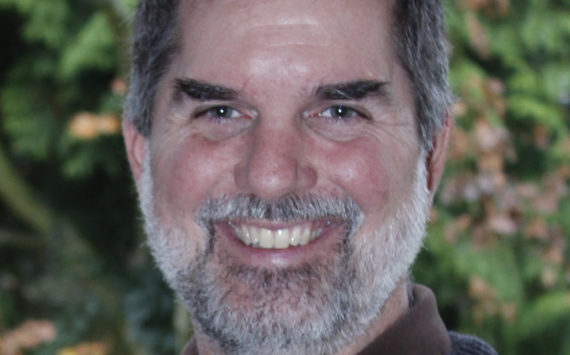What a great week for Managing Editor Gary DeVon to be down for the count, recovering (nicely, I’ll report) from surgery. And ad manager Charlene Helm, on vacation to the coast. And my wife Kim, visiting family in Michigan.
Up until Thursday evening, I spent a lot of time whining about all sorts of things. The last few days have done a bit to change all our perspectives, haven’t they?
As that ominous mushroom cloud rose in the south, signaling the firestorm that devoured part of Pateros, I tried to follow what was going on however I could. That evening, that meant listening to the radio and following Facebook.
Somehow, some way – the grace of God, sheer luck, or the Herculean efforts of local firefighters and residents – the only death reported in this whole disaster came as the result of a heart attack.
But the firestorm that erupted on social media was almost as scary and potentially as deadly as the actual flames and smoke. People were making life and death decisions based upon Facebook and Twitter posts.
Some of the information was flat out wrong. Other information was dangerously outdated, not through anyone’s fault, but because of something as arcane as how Facebook sorts and time stamps its postings.
Our readers that are connected via social media saw a lot – a LOT – of me these past few days. It wasn’t planned. But when I started seeing conflicting information about the same situation showing up on my Facebook feed at the same time, the thought of leaving my computer was almost scary. Sorting through and finding sources of official information to re-post and trying to make clear what was current and what just sort of … happened.
Others were actively trying to do the same – Patrick Plumb, Connie Maden, Kurt Danison and Ephraim Brown come to mind at the moment – frequently playing off each other’s posts and inspiring searches for additional sources of information to verify or enhance what was being said.
Pictures and stories could wait. There were enough capable people with pens and cameras and recorders on site, and sharing the work (credited, of course) of reputable sources that didn’t conflict with emergency services’ announcements provided another key.
Communications issues at “ground zero” meant that some agencies were able to update more consistently than others. Okanogan Sheriff Department, Chelan County Emergency Services, the firefighters’ incident command blog became required reading. At one point I had 15 browser windows open … I cut back.
A lot of people learned a lot about disaster response through this generational (we can only hope) event. And the recovery progresses, we’ll learn a lot more about how to be better prepared for similar future events.
But on my end, there’s these few things to think about:
• Social media can be your greatest friend or worst enemy in a crisis. Eyewitness accounts are great, but we don’t always see what we think we’re seeing in the heat of the moment. Don’t rely on the account of someone whose status was shared by your friend’s cousin in Florida to make a life or death decision.
• I used both the G-T and my personal accounts to share information. Partly, there was just so much; the newspaper’s feeds I used to share things pertinent to our specific situation in the Oroville/Tonasket areas. My personal feed, I used for the larger, multiple-county story. Anything from an official agency, I tried to share. Personal accounts, pictures, descriptions, I tried to keep to events that had already happened, and tried to stay away from the kinds of things that might encourage a risky choice (i.e. evacuate or not).
• Beware when you Share. Or even Comment. These functions are great for passing along information, but they can also cause problems. Early on I posted a video of a fire nearly overcoming a fire crew that looked (from the time stamp on it) as if it had been filmed on Thursday. It turned out it was two years old and from a fire that wasn’t even in this state. What happened was, when someone “Shared” the video, it made it appear as if it had originated locally that day.
The same held true for Comments on the Sheriff’s feed. At one time I read posts that made it appear as if Pateros was under all three evacuation levels at the same time. So, especially on the G-T feed, I tried to copy the original post with it’s original time stamp, rather than use the “Share” function, to try to minimize that kind of confusion.
• The best thing about all this was, just as friends and neighbors came together in fire-stricken areas to help each other in a time of disaster, the same was happening with my digital world efforts. Tons of new sources of information, good questions, lots of encouraging words and support.
So as the weeks and months of recovery set in – hopefully without more catastrophes – let’s hope we can keep this same spirit of cooperation and generosity thriving.
And please, be smart about what you believe on social media, crisis or not.


